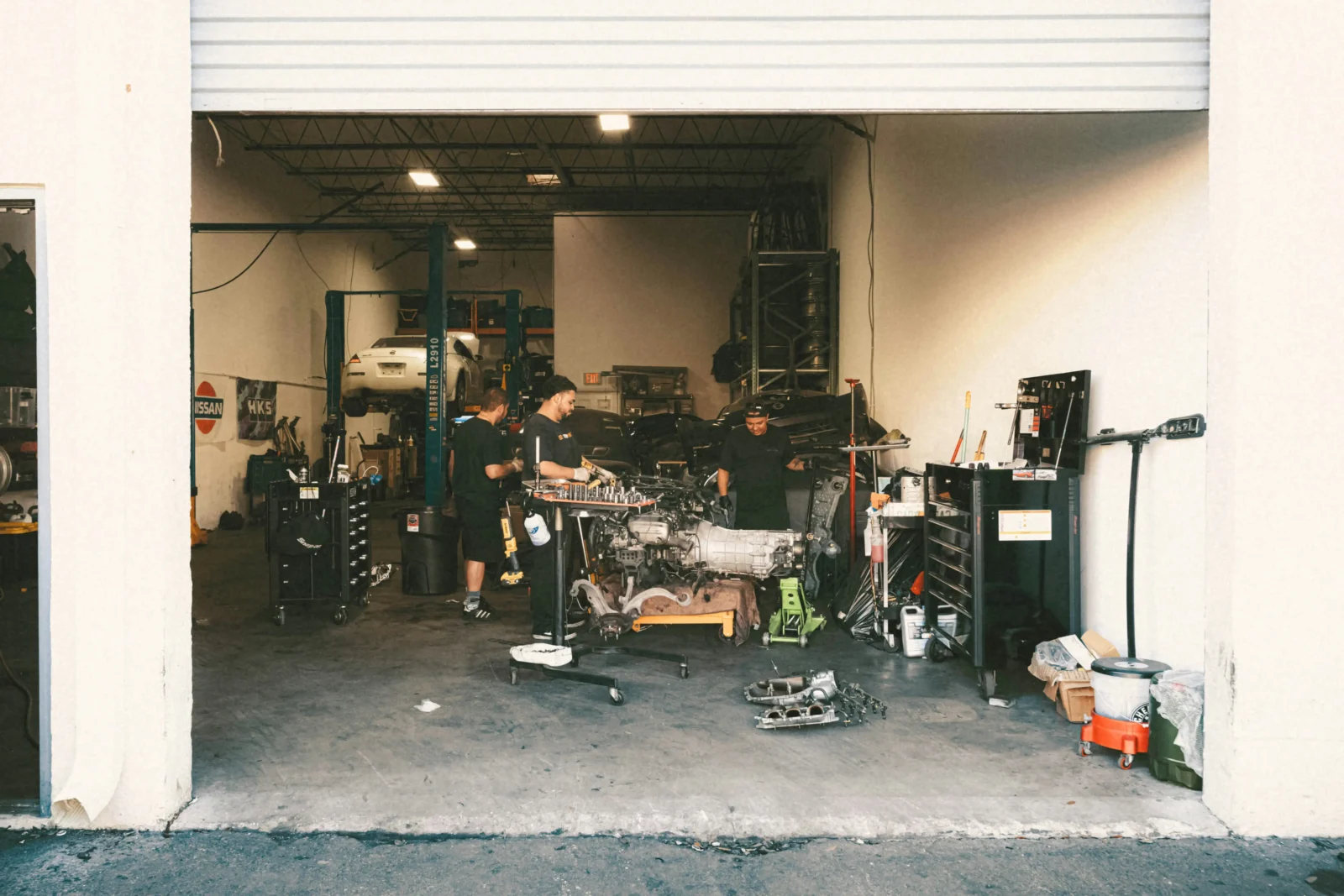- Home
- Articles
- Architectural Portfolio
- Architectral Presentation
- Inspirational Stories
- Architecture News
- Visualization
- BIM Industry
- Facade Design
- Parametric Design
- Career
- Landscape Architecture
- Construction
- Artificial Intelligence
- Sketching
- Design Softwares
- Diagrams
- Writing
- Architectural Tips
- Sustainability
- Courses
- Concept
- Technology
- History & Heritage
- Future of Architecture
- Guides & How-To
- Art & Culture
- Projects
- Interior Design
- Competitions
- Jobs
- Store
- Tools
- More
- Home
- Articles
- Architectural Portfolio
- Architectral Presentation
- Inspirational Stories
- Architecture News
- Visualization
- BIM Industry
- Facade Design
- Parametric Design
- Career
- Landscape Architecture
- Construction
- Artificial Intelligence
- Sketching
- Design Softwares
- Diagrams
- Writing
- Architectural Tips
- Sustainability
- Courses
- Concept
- Technology
- History & Heritage
- Future of Architecture
- Guides & How-To
- Art & Culture
- Projects
- Interior Design
- Competitions
- Jobs
- Store
- Tools
- More
What Should You Check Before Buying a Push Sweeper for Outdoor Use?

Anyone looking to buy an outdoor sweeper wants to keep patios, driveways, and walkways clean with less effort. Taking a little time to review a few important factors before buying can save time and help avoid frustration later.
The right choice can make cleaning quicker and easier, whether it’s for a home or a business. Those interested in a simple solution for cleaning uneven surfaces and picking up leaves or dust can find many options, including the outdoor sweeper, which is designed for quick outdoor cleaning.
Table of Contents
ToggleBrush Type and Durability
The type of brush on a push sweeper affects how well it gathers dirt, leaves, and other outdoor debris. Some sweepers use stiff bristles that work well for picking up larger items. Others have softer bristles, which are better for fine dust and small particles.
Durability is another point to look at before buying. Bristles made from strong materials will last longer and keep their shape, even after tough use. Sweepers with strong brush construction tend to give better results over time.
The brush should also handle changing weather and outdoor surfaces. Sweepers built with quality bristles usually do not wear out quickly. It is helpful to check how easy it is to clean or replace the brush, as this saves money and effort down the line.
A study of user feedback shows that well-made brushes improve cleaning and reduce frustration from missed spots. Proper maintenance, like regular cleaning, can keep the brush working well longer.

Sweeping Width and Capacity
When looking at push sweepers, the sweeping width tells you how much ground the sweeper can cover in one pass. A wider sweeping path means that large spaces like driveways or sidewalks can be cleaned faster.
Common sweeping widths range from about 25 inches up to over 33 inches. Larger models can cover more area in less time, but they may be harder to store or push in tight spaces.
Capacity refers to how much debris the sweeper can hold before it needs to be emptied. Higher capacity is helpful for big outdoor areas or places with a lot of leaves and dirt.
Smaller capacity models require more trips to empty the bin, while larger bins can make the job go more smoothly. Checking both width and capacity helps match the sweeper to the size and type of area that needs cleaning.
Ease of Use and Maneuverability
When choosing a push sweeper for outdoor spaces, ease of use is important. A sweeper that is simple to operate makes cleaning feel less like a chore. Lightweight models are usually easier to push across grass, pavement, or other outdoor surfaces.
Maneuverability matters as well, especially in yards with obstacles like trees and flower beds. Sweepers that turn smoothly can reach into corners and around tight areas, picking up debris more completely.
Features such as comfortable handles and adjustable heights help different users handle the sweeper without strain. Wheels that roll smoothly also make it easier to push, while helping the device cover more ground in less time.
Some sweepers are designed to be easy to store and move, which is helpful for those with limited space. Taking these details into account helps make cleaning faster and less tiring.
Compatibility with Different Surfaces
Before choosing a push sweeper for outdoor use, it is important to think about the types of surfaces that need to be cleaned. Some sweepers work better on flat areas like concrete, while others can handle bumpy ground or loose gravel.
Many push sweepers come with adjustable brush heights. This feature helps the sweeper adapt to both smooth and uneven surfaces. It allows for easy use on patios, driveways, sidewalks, and even rougher spots.
The type of brush also affects compatibility. Soft brushes are usually better for smooth tiles or finished concrete. Stiffer brushes do a better job on textured paths, pavers, or asphalt.
Checking if the sweeper is suited for wet or dry debris can also make a difference. Some are designed for just dust and dry dirt, while others can manage leaves and damp material. Matching the sweeper to the surfaces at home will give better cleaning results.

Maintenance Requirements
Before buying a push sweeper, people should look into how much work it takes to keep the machine in good condition. Some models only need simple care, like cleaning after each use and checking for stuck debris.
Regular maintenance includes making sure wheels and brushes move freely. It also helps to check and clean filters if the sweeper has them. Filters keep dust from clogging up the inner parts.
Oil levels and cleanliness can matter for certain sweepers, especially those with moving parts that need lubrication. A clean and dry place to store the machine can lower the chance of rust or wear.
Some sweepers need more regular attention, while others are designed for easy upkeep. Reading the manual helps owners know what tasks to do and how often. Light maintenance keeps the sweeper working well and helps it last longer.
Conclusion
Shoppers should check the cleaning area size, type of debris, and surface when picking a push sweeper for outdoor use.
Features like waste storage size, easy movement, and the right bristle type can make cleaning simpler.
Paying attention to these points helps buyers choose a sweeper that fits their needs without extra hassle or cost.
illustrarch is your daily dose of architecture. Leading community designed for all lovers of illustration and #drawing.
Submit your architectural projects
Follow these steps for submission your project. Submission FormLatest Posts
American Architecture Styles That Shaped a Nation
Explore American architecture styles from Colonial to modern—key features, icons, and timelines...
How Environmental Planning Shapes Modern Architecture in Houston
Houston does not design buildings in a vacuum. Every structure rises inside...
Smart Steps for Repairing Your Garage
Keeping your garage safe and reliable is mostly about steady habits and...
Why Scale Matters in Architecture
Why Scale Matters in Architecture: see how human, building, and urban scales...












Leave a comment